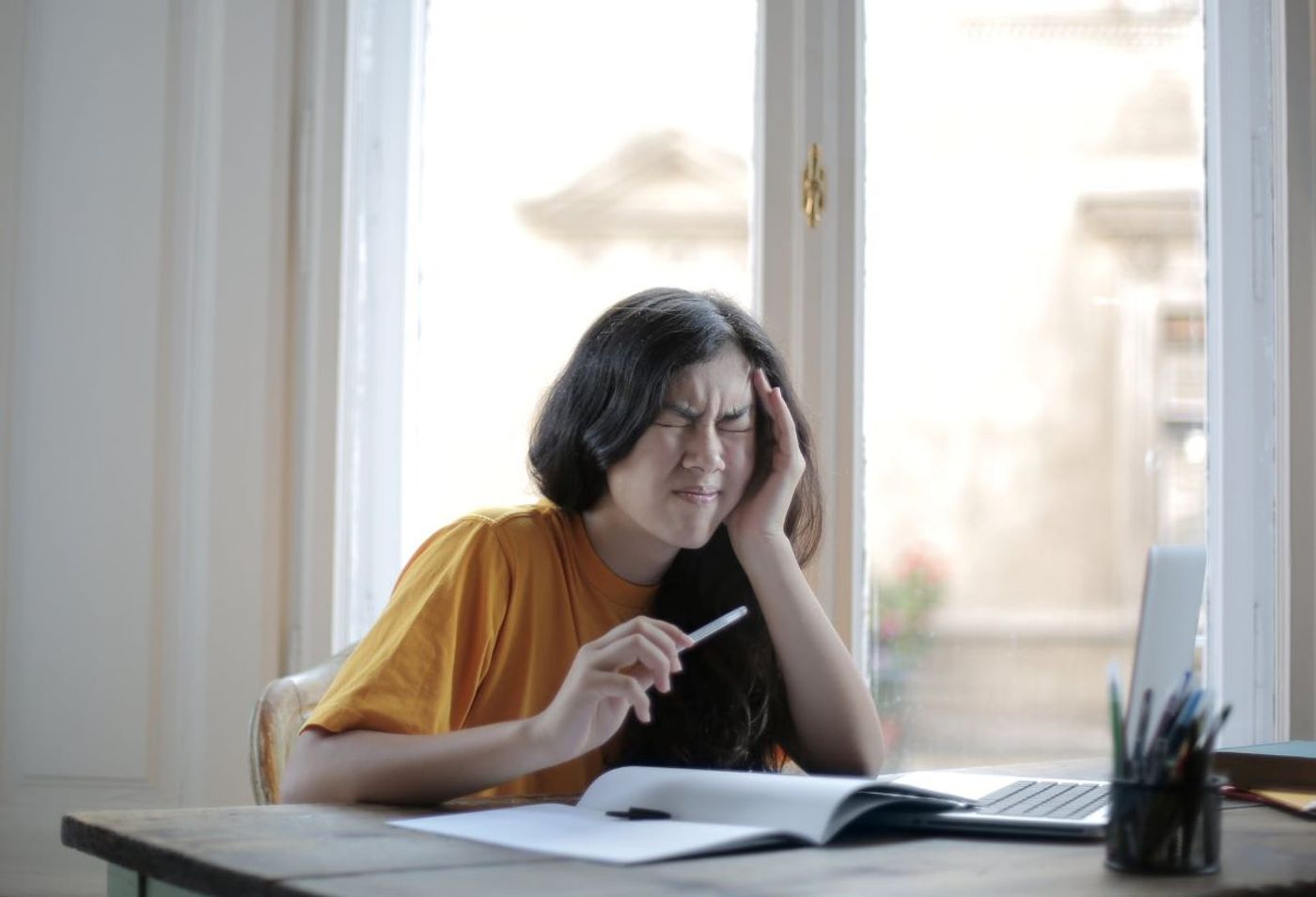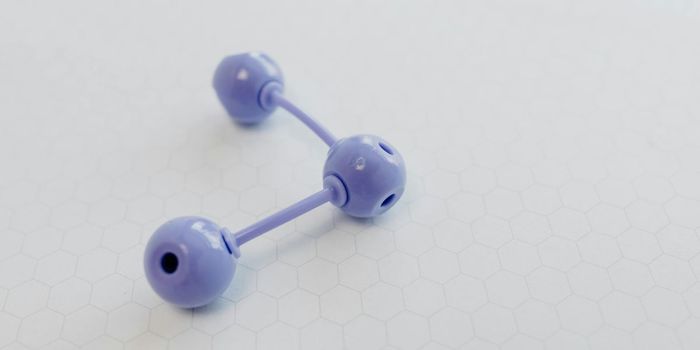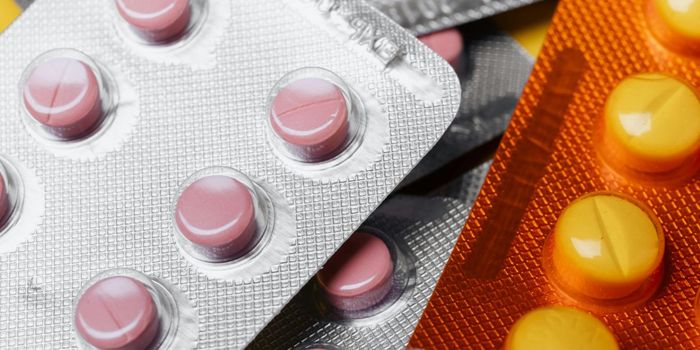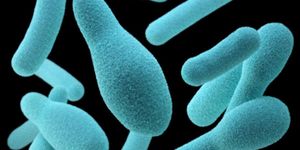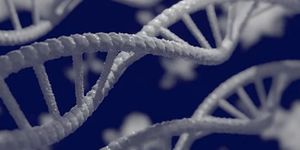Acupuncture and Manual Therapy for Tension Headache: What's the Verdict?
Tension headaches are medically treated with NSAIDs, antidepressants, pain killers, and anticonvulsants. However, non-pharmacological alternative options like cognitive-behavioral therapy, biofeedback, mindfulness training, acupuncture, physical therapy, and nutritional supplements have gained ground as potentially more effective at treating and preventing tension headaches with fewer side effects.
A type of physical therapy, manual therapy, is one of the most common alternative treatments. In the treatment of tension headaches, it involves applying pressure to myofascial trigger points – the area of muscles that is irritated - through massages and cervical spine manipulation to decrease sensitivity to pain.
Acupuncture, where needles are inserted at specific body points and then manipulated by heat, movement, or electricity, is thought to aid tension headaches by also stimulating myofascial trigger points, prompting the release of endogenous opioids, and increasing blood flow and thereby immune response to reduce pain, but its effectiveness has been controversial.
In this review, researchers included case reports, case-control trials, randomized controlled trials, and systematic reviews from within the last 10 years examining manual therapy or acupuncture for tension headaches in just under 4,000 participants. Results from the review suggest both manual therapy and acupuncture are effective alternative treatments of tension headaches with manual therapy considered superior to acupuncture.
In one randomized controlled trial looking at acupuncture, participants receiving acupuncture reported a 50% decrease in headache frequency compared to a group receiving a sham intervention. In another randomized controlled trial looking at manual therapy, 54 to 85% of participants had a greater than 50% reduction in headache intensity and frequency after manual therapy, similar to those receiving antidepressant treatment but with fewer side effects.
Limitations of studies included in the review, however, include poor quality due to reliance on self-reports, lack of standardization of manual therapy and acupuncture techniques used, and difficulty with study blinding.
